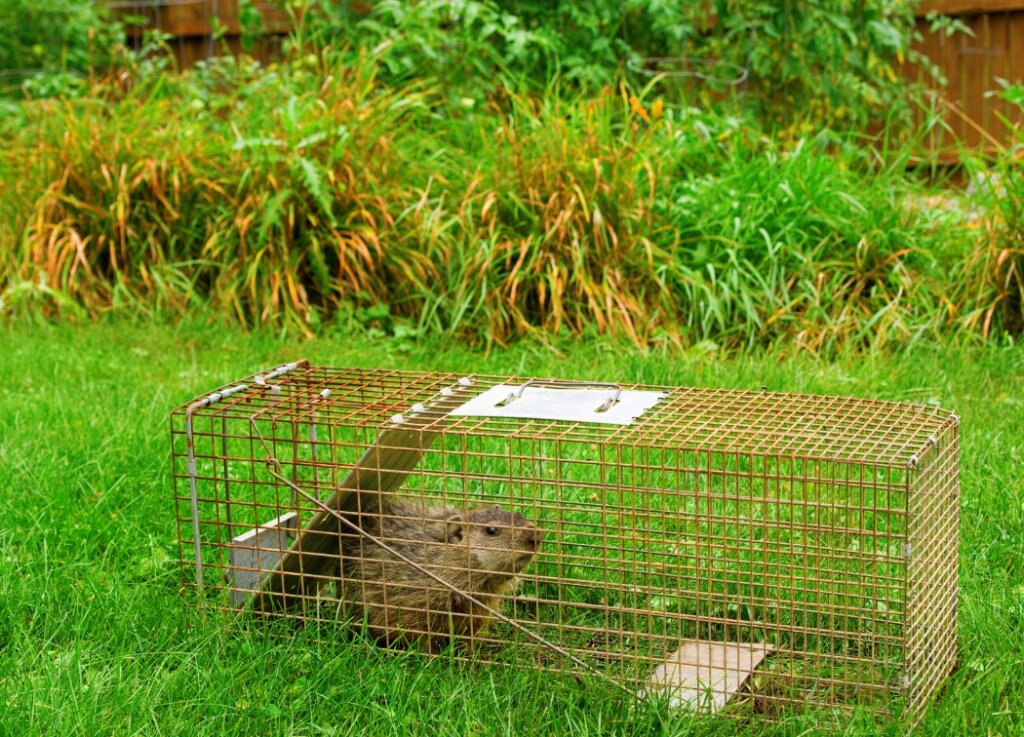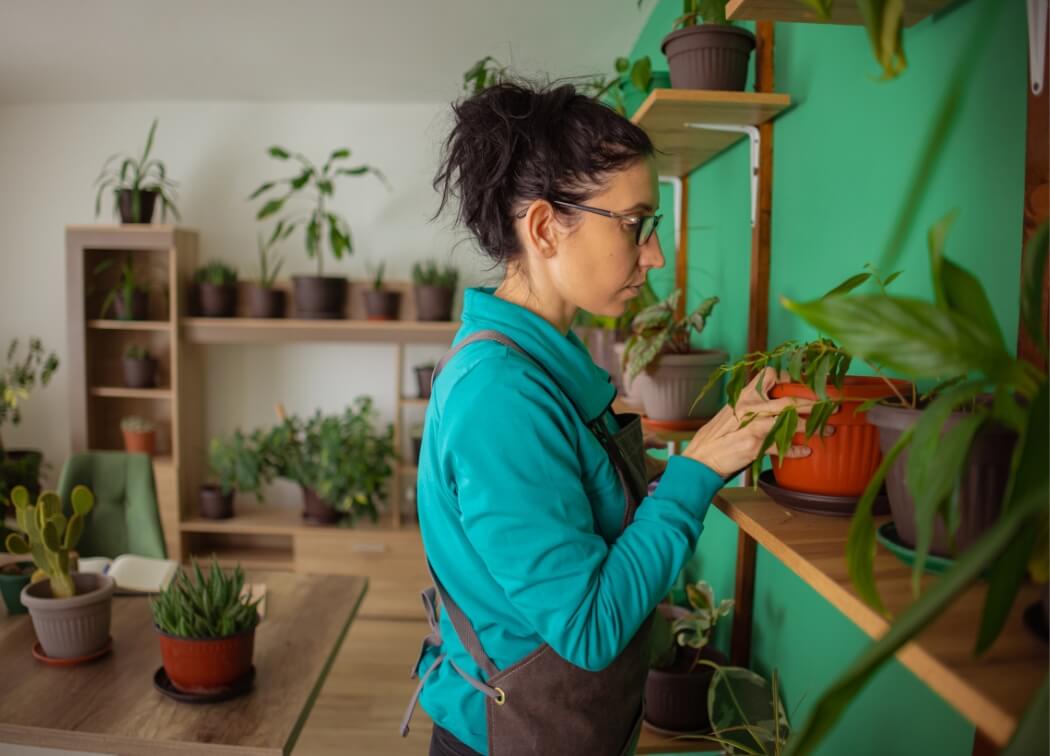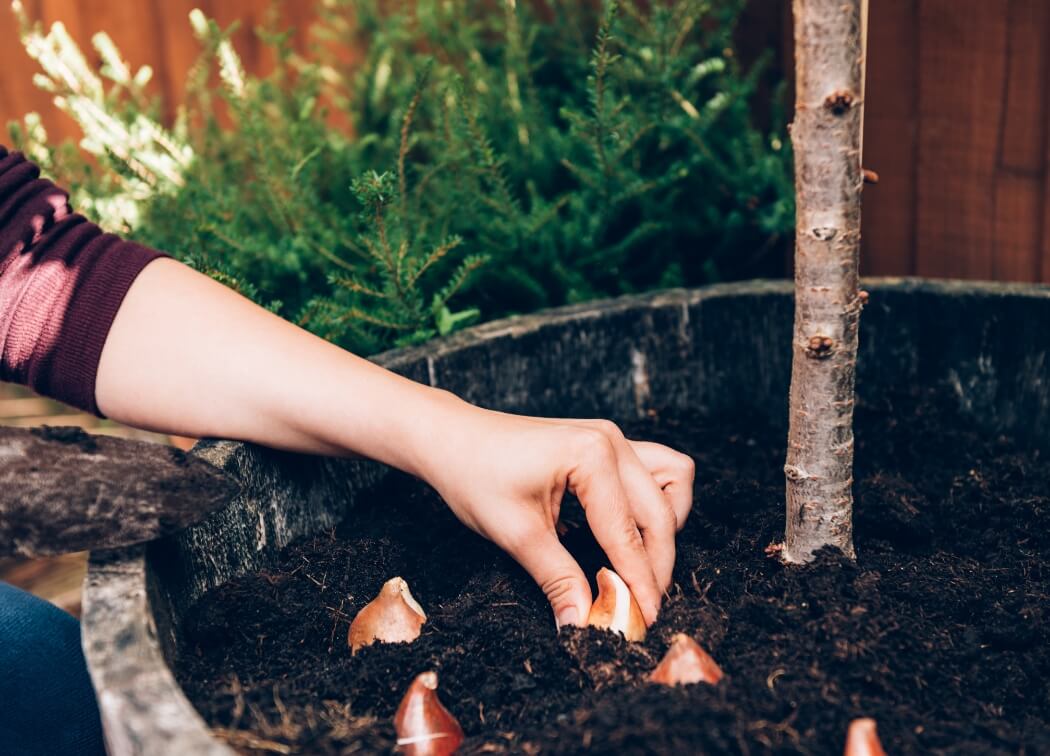Gardening is one of the most fulfilling hobbies that you can do in the comfort of your own.
With the pleasure that comes with your blooms, improving the landscapes, and your surroundings, you also get the literal fruits of your labor with your homegrown fruits and vegetables. Though, along with this, critters from all around also delight in the occasional, if not, in increasing frequency, of paying a visit to your lovely garden. And this is where the adventurous, and even, investigative side of gardeners come out–with the means of protecting and maintaining their ground.
In this article, we are going to discuss critters that tend to burrow in your grounds, may it be your lawn, yard, or garden and ways to prevent them from entering your property. These may come from the cute, yet unsuspecting cat and rabbit to climbing critters such as squirrels and chipmunks. These animals can either climb, dig, or stalk through your garden and destroy what you’ve worked hard for.
Navigation
Animals That Burrowing Your Garden
All sorts of animals and insects walk through your garden all the time. However, some may prove harmless to your prized fruits and vegetables, and even quite beneficial to your plants such as aerating the soil as insects; they also help in fertilizing and propagating your plants such as what bees and butterflies do. Alongside this, some may frequent your precious plants with the intention of, not only intruding but foraging your crops.
Usually, the ‘burrowers’ in the garden that we sooner or later encounter are called voles, moles, gophers, and groundhogs. Rats are also quite common, with rabbits and climbers like chipmunks and squirrels, and there is the occasional cat.
These may seem a lot to process primarily if you’re thinking about how to keep these animals off your property. You’re already computing the costs of the materials as well as the foreboding option of trapping, or even, killing an animal. But, worry not, there are a variety of protective measures you can utilize to secure your landscapes and deter potential inexpensive and eco-friendly threats. But first, let’s get to know the intruders in detail to know how to be rid of them effectively.
1) Climbers: Chipmunks and Squirrels
These are quick and agile animals that live on trees and are quite fond of seeds. You can easily distinguish the difference between the two since chipmunks have that distinctive white stripe pattern on their tails.
Both are known to be foragers, and they are a threat, especially when you’ve just planted a new set of seeds in your newly tilled soil that is quite easy to dig up by this small creature. Their activity will most likely peak during autumn to start foraging for the winter.
You’ll find spring bulbs gone from their places and, in their place, safely stored food. Their favorites are corn, seeds of any kind, nuts, beans, and peas. Not only that, but with their tendency to dig, they’ll uproot your flowers and harm other plants in your garden.

2) Burrowers: Rats, Voles, Moles, Gophers, and Groundhogs
These animals vary in their size as well as the damage they can do to your garden. The bigger the size of the animal, the more significant the damage, though, once again as a reminder, these animals, though very much unwanted in your property, are important in the ecosystem, and if they do not pose a problem to your property, leave them alone and simply put up preventive measures.
These ‘burrowers‘ are known pests or rodents that deter the development of your yard and destroy your landscapes you’ve been working so hard for. So how do you deal with them? First is to distinguish what kind of burrower you’re dealing with by the mounds they create. All five are part of the ground squirrel family.
Moles are technically not classified as rodents since they are insectivores. These tend to find food in the wet or moist ground since insects are thriving in them. You’ll be able to know if you have a mole in your yard with the shape of the mound it had dug up. Moles live underground, and they have small eyes and big claws that are used mainly for digging. Moles are nocturnal and are quite active at night.
The herbivores are gophers, groundhogs, and voles. Gophers are known for their two big incisors and come second in size to groundhogs. They are known to deal massive damage in your well-planned yard mainly because of the size of their teeth, which can puncture water lines and hoses, causing leakage and will deal with you with seriously costly repairs.
Rats are omnivores–these eat both worms and plants and pose a common problem for gardeners around the world. Rats can live pretty much anywhere, making it quite a versatile rodent.
When these rodents have dealt with your garden, you will see the pieces of evidence they’ve left behind. You can distinguish what type of rodent you’re dealing with with the form of the mounds. Moles dig up round-shaped mounds like small volcanoes, and they can dig dirt finely. The highest point of the mound made by moles, usually located in the middle, is the location of their tunnels. The reason for the round shape is that they can dig the dirt from the tunnels, and in the process, kicking dirt in all directions.
Gophers kick up dirt in one direction forming a semi-circle pattern. The lowest point of the mound is the location of the hole it has come from, and these mounds are made up of bigger chunks than moles. Voles dig up coin-sized holes and have a network of pathways, which indicates they live right underground.
4) Hoppers: Rabbits
Rabbits feast on pretty much all kinds of vegetables in a well-grown garden–from leafy veggies you want for a salad to carrots that need to be dug up for stews. Rabbits are conniving because of their adorable looks, but they pose a great threat if you don’t want your whole patch to be gnawed on and dug up. You can easily identify if you have a rabbit intruder because of the shape of the clean-cut bite marks made by its incisors.
5) Stalkers: Cat, Dog, Deer
You may adore pets, and they will help a lot in keeping out intruders from your prized lot, but they can also cause damage with their certain tendencies and especially if they’re not trained well enough. This is not just for cats, but your furry friends, such as dogs, can also threaten your garden’s serenity when they’re trying to find a place to relieve themselves.
Cat feces, in particular, is volatile for the health since it has bacteria, pathogens, and parasites. One parasite is notorious for the health risks it effects to its unsuspecting victim–Toxoplasmosis.
This thrives in cat feces that, when absorbed by your homegrown vegetables, can poison those who are especially susceptible, such as those who have weaker immune systems, children, and pregnant women. Even handling the ground with your bare hands with the idea that your cat may have pooped in the garden plot is dangerous.
6) Crawlers: Insects
Jagged edges on your crops are a sign that you have an insect pest problem in your yard. These are the smallest creatures that will either grace your garden or disgrace it to an unimaginable extent.
Along with nature, creatures of many sizes thrive, and this includes your garden. Insects are crucial for carrying out many processes in nature and be sure to use environment-friendly options since some pesticides can not only kill what you see only as pests but also bugs that enrich the soil that makes your garden healthy.
Methods of Preventing Animals from Burrowing Your Garden
There is a variety of options to vie for in capturing, preventing, or even killing the pests and rodents that plague your garden. But we’re looking for something worthwhile that won’t cost you more than what you’re going to earn, eco-friendly, absolutely humane, and useful for preventing intruders.
1) Spray Animal Repellent
Animal Repellent spray has a variety that caters to keeping out specific intruders, so this would include that you need to know the type of pest you are dealing with. For some gardeners, they can make their sprays out of household ingredients and, for some, look for chemical and organic sprays that can be easily bought from markets and home depots.
The most popular repellent includes scents of predators that keep unwanted animals off your property. Companies have managed to extract specific animal urine to imitate that of a territory marked by a carnivore.
Some gardeners have learned to mix their sprays for repelling rodents and insects. For rodents, a mixture of spicy condiments or ingredients that give of spicy odors drives them away like cayenne pepper, white and black pepper, and also garlic. Though, be careful in handling these and wear protective gear like gloves and mask while mixing or grinding. Once they have tasted or even smell your vegetables sprayed with this concoction, you can rest assured that they’ll never be back.
Reminder: You are going to need your spray at the ready and occasionally sprinkle around your plants since the weather can wash these away.
2) Mulching
Mulch can be any sort of organic material that is used to cover up the surfaces of your grounds and even flower pots. These can also be decorative. Mulch can be decaying leaves, coffee grounds, wood chips, or shavings that can easily and cheaply-bought from wood shops or any shop that produces lumber, and sometimes, you can simply take them for free.
In addition to this, some gardeners simply sprinkle powdered cayenne or pepper over their grounds, especially for ground rodents such as gophers, moles, voles, etc. who have left a newly dug up hole. Coffee grounds are especially good for keeping squirrels off your plot.
3) Netting/Fencing
One of the sure-fire ways to keep animals off your vegetables is to set up barriers such as nets and fences. You can purchase 1/4 hardware cloth or even chicken wire to make a cloche to cover around your garden plots at home depots and hardware stores.
If you are dealing with rabbits, one to two feet of fencing would suffice since they can’t climb. But some rabbits and burrowers can be quite feisty just to get to your crops. Since both can dig, you’ll need to set up a solid foundation or simply raising your garden bed to keep them from sneaking under your plants.
Burying your netting for 10 inches deep in the ground would deter them from getting into your plants. There are also unsuspected visitors along with the season such as deers, so putting up a taller fence, at least 4 feet in height, will help, but if deers thrive in your area, a taller one would be required at approximately 8 feet.
Also, creating a wood fence around your yard some distance from your garden plots will help immensely. To keep out birds, setting up plastic bird nets weeks before harvest is recommended as covering over edible leafy plants and bushes.
4) Build Barriers
Barriers are heavy duty and are utilized by gardeners who have a recurring rodent problem in their vicinity. Barriers can be made out of hardware cloth, or any kind of netting that is supported with sturdier stuff to make it stand.
Most gardeners recommended a mesh wire cloth and making a sort of protective tunnel with the use of 1/2″ EMT conduit hoops, which are rust-proof and cheap. Making hoops for garden plots is a versatile way to set up different sorts of protection for your plants.
These can be paired with simple garden netting, chicken wire, shade cloth and mesh wire cloth for sturdier barrier, or shade cloth. Setting this up requires quite the effort, but once you’re done, it’ll be worth it since you won’t have to be troubled with rodents.
For regular garden plots which are 4 feet in width, you’ll need 7 feet long 1/2″ EMT conduit and simple bend them at 1 1/2 feet at each end 90 degrees to make a stand and forming a semi-circle to complete the hoop. If your vying for bigger plants, the size can be adjusted according to the length of your EMT. Once you have set up your hoops on your garden plot, put your netting over the whole thing, and clip in place.
5) Landscaping
For some gardens, their landscaping and garden design set up can come as a great place for animals to live in. This includes weeds and bushes that grow around the place, which would be used as hiding places for small animals and the woodpiles that clutter your place. Use your landscaping to your advantage by rearranging plants and garden beds to keep animals from feeling welcome and entering your garden.
6) Plants That Repel Intruders
For a truly hungry and desperate animal, everything in your garden will appeal delectable, but some plants repel more than others, especially if these give off strong scents or aromas that rodents find repulsive; some of these plants include mint, lavender, daffodils, marigolds, and catnip.







